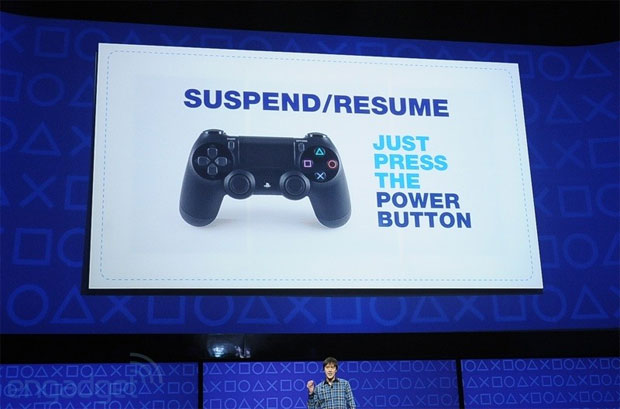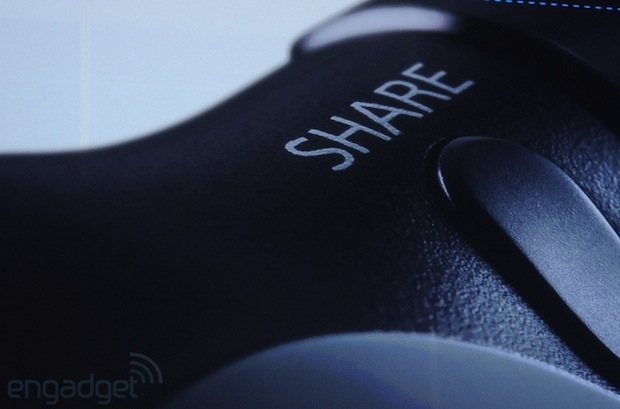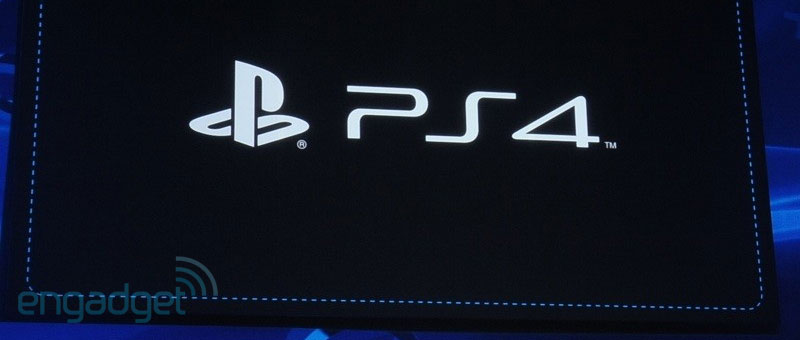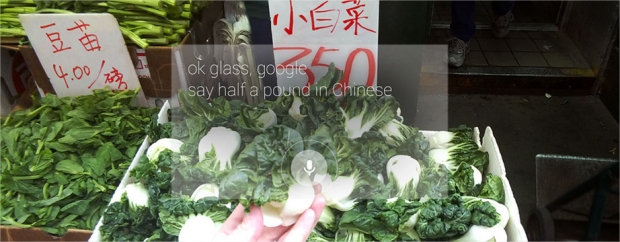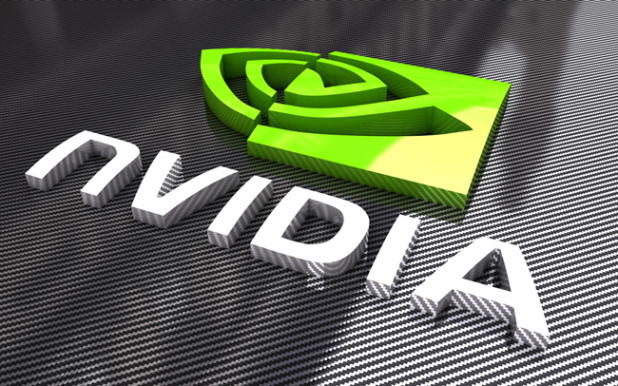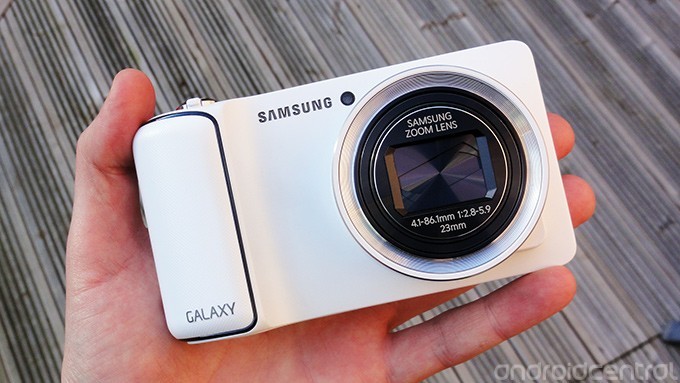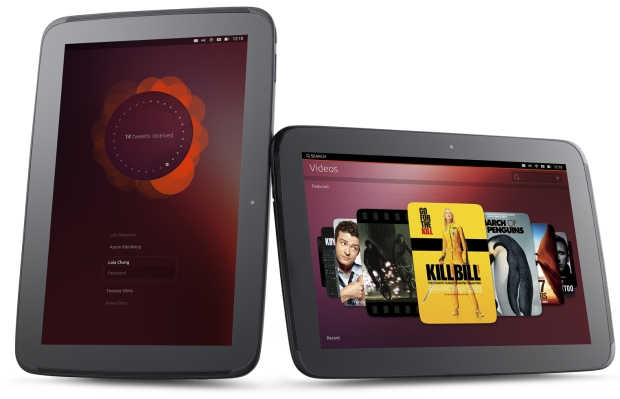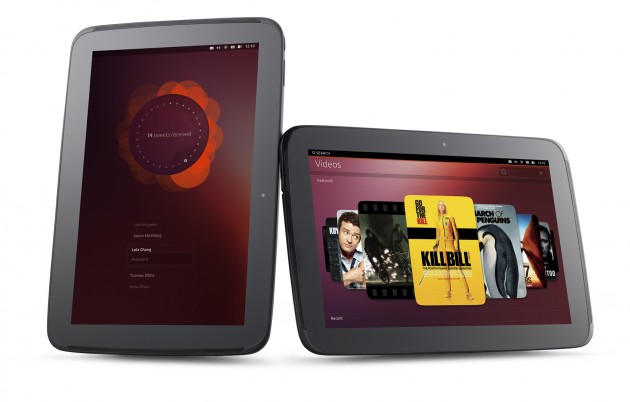 Well that was fast. Canonical, the parent company behind Ubuntu, recently announced itsintentions to provide Ubuntu for tablets, in addition to its goal to launch Ubuntu smartphones in 2014. Good news, tinkerers: the developer preview of Ubuntu Touch is now available for download.
Well that was fast. Canonical, the parent company behind Ubuntu, recently announced itsintentions to provide Ubuntu for tablets, in addition to its goal to launch Ubuntu smartphones in 2014. Good news, tinkerers: the developer preview of Ubuntu Touch is now available for download.
Ubuntu promises the software, which is available for the Galaxy Nexus, Nexus 4, Nexus 7 and Nexus 10, will provide support for WiFi, GSM network connections, functional cameras and the shell and core applications needed to experience the software in full. You’ll need to have some coding chops to get started, however, since there are a few commands required. You also have to make sure your device is unlocked so that Ubuntu can access the bootloader.
Thankfully, if you don’t dig the experience and want Android back, it’s as easy as downloading the factory image and reflashing it to your device. If you run into troubles along the way, you can join the company’s mailing list or head over to its IRC channel at irc.freenode.net and joining the #ubuntu-phone channel.
[Source: TechnoBuffalo]


